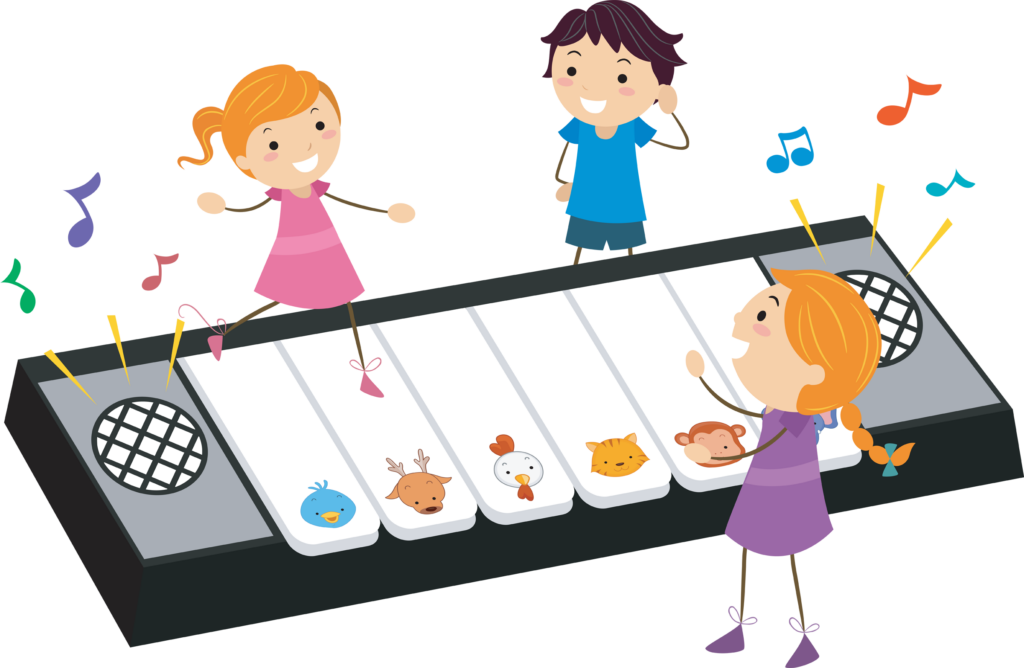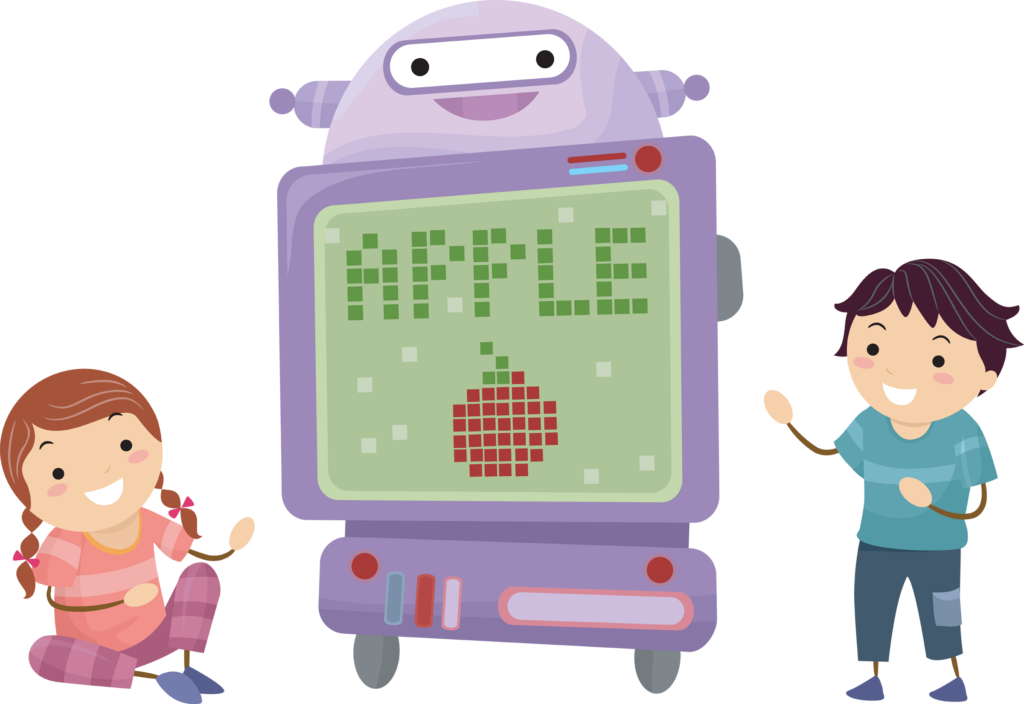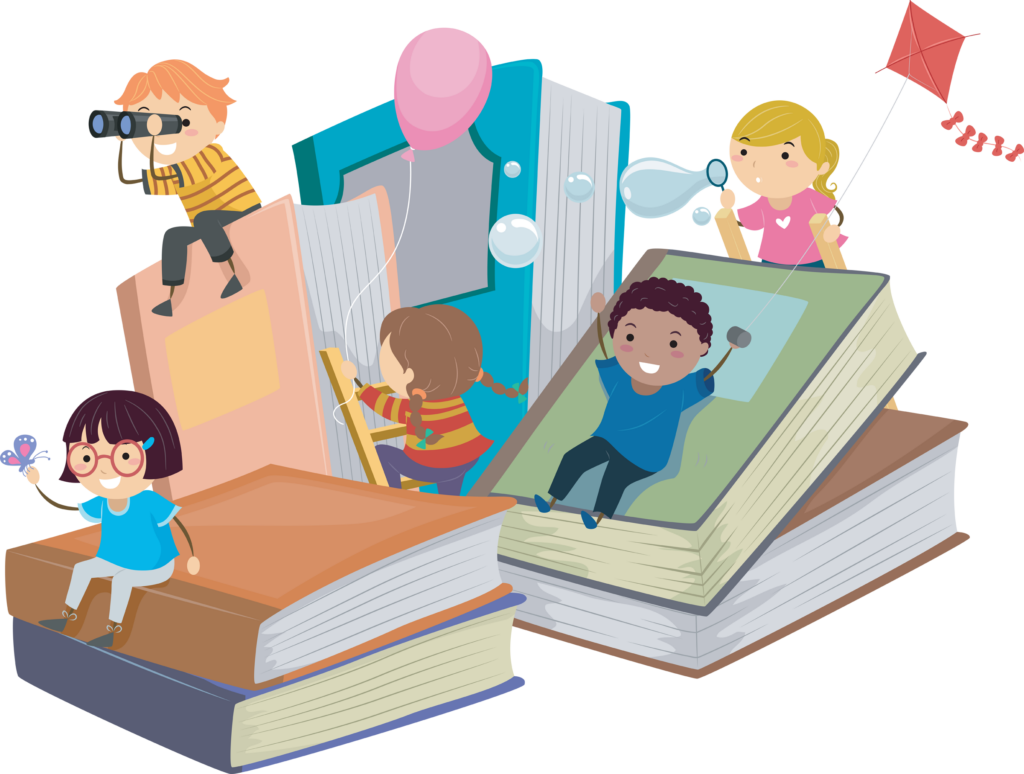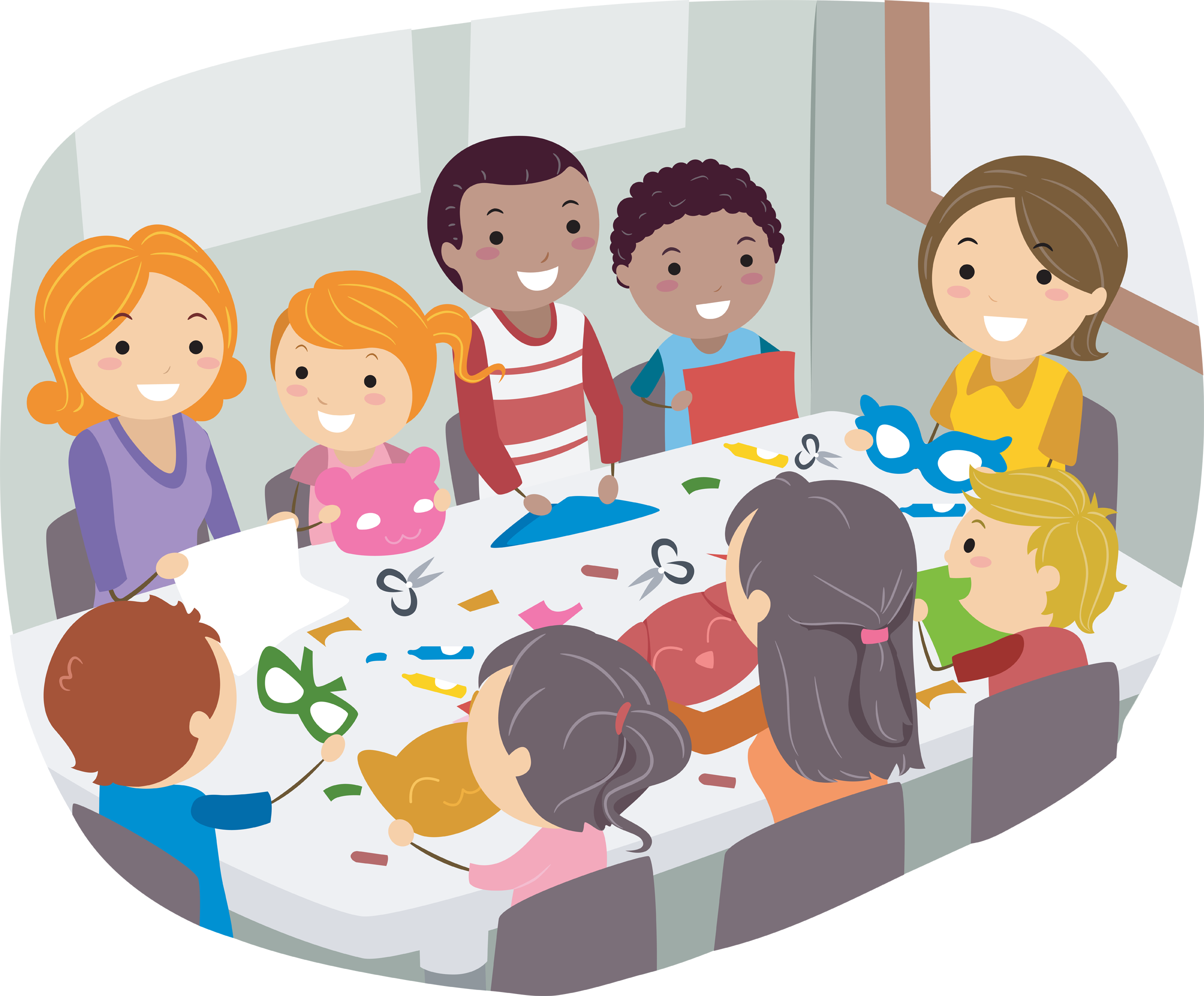
As teachers and homeschooling parents, we’re bestowed with a marvelous duty: to guide our young learners through the crucial initial years of their life journey. Children from ages 2-5 are vibrant little explorers, and providing them with a rich variety of educational and physical activities can work wonders for their growth and development. This comprehensive guide will walk you through a fascinating realm of activities, broken down by age group, to spark curiosity, promote learning, and encourage active engagement in your little ones.
Age 2: The Wondrous Twos

While the two-year-olds are still developing their motor skills and language abilities, their curiosity is boundless. Here are some engaging activities for your youngest learners.
Educational Activities:
1. Picture Book Stories: Incorporating picture book stories can be a powerful way to nurture language acquisition. Children can learn to associate words with images, fostering comprehension and vocabulary development.
2. Colorful Sorting Games: Make use of vibrant toys and ask children to sort them based on color, shape, or size. This simple yet effective game can boost their cognitive abilities and understanding of basic mathematical concepts.
Physical Activities:
1. Balloon Bounce: This fun game requires children to keep the balloon off the ground, which is great for developing hand-eye coordination and fine motor skills.
2. Toddler Yoga: Mimic animal movements and introduce some simple yoga poses. This aids in enhancing balance, flexibility, and awareness of their bodies.
Age 3: Thriving Threes

At age three, children display a notable increase in energy levels, improved motor skills, and an expanding vocabulary. The activities should accommodate these advancements.
Educational Activities:
1. Interactive Storytelling: Invite children to participate in the story, asking questions, and letting them fill in the gaps. This cultivates creativity, improves language skills, and sharpens problem-solving abilities.
2. Basic Puzzles: Puzzles challenge kids to think strategically, develop patience, and instill a sense of achievement when they finally “solve” the puzzle.
Physical Activities:
1. Dance and Freeze: Play some upbeat music and encourage children to dance. Suddenly stop the music and everyone must freeze. This enjoyable game promotes listening skills and body control.
2. Animal Relay Race: Kids mimic different animal walks or runs in this race, developing physical strength and coordination.
Age 4: Fervent Fours

Four-year-olds are curious, active, and ready to explore their world more independently. It’s an excellent time to introduce more complex activities.
Educational Activities:
1. Alphabet Treasure Hunt: Hide alphabet cards around the room. Children then hunt for the cards, learning letters and their sounds while also having a blast.
2. Simple Science Experiments: Experiments like mixing colors, growing a plant, or creating homemade play dough can ignite a child’s interest in science while teaching them about cause and effect.
Physical Activities:
1. Obstacle Course: An indoor or outdoor obstacle course tests agility, motor skills, and problem-solving. Plus, it’s tons of fun!
2. Balance Beam: Walking on a taped line or a plank enhances balance, coordination, and concentration.
Age 5: Fabulous Fives

At this age, children are ready to delve deeper into learning and physical activities that prepare them for school.
Educational Activities:
1. Reading Together: Encourage independent reading, but also read together. Discuss the story, characters, and message. This not only enhances comprehension but fosters a love for reading.
2. Math with Manipulatives: Use everyday objects to demonstrate addition and subtraction. Making math tangible and visual helps children grasp abstract concepts better.
Physical Activities:
1. Hopscotch: This classic game combines counting, coordination, and balance.
2. Yoga Flow: A series of yoga poses improves flexibility, concentration, and calmness.
As educators and parents, we have the wonderful opportunity to shape the learning environment of our young learners, making it engaging, supportive, and stimulating. Remember that each child is unique and progresses at their own pace. Allow room for creativity, play, and lots of love as we nurture these budding minds and bodies. The joy, growth, and development these activities bring are our rewards. Happy teaching!




